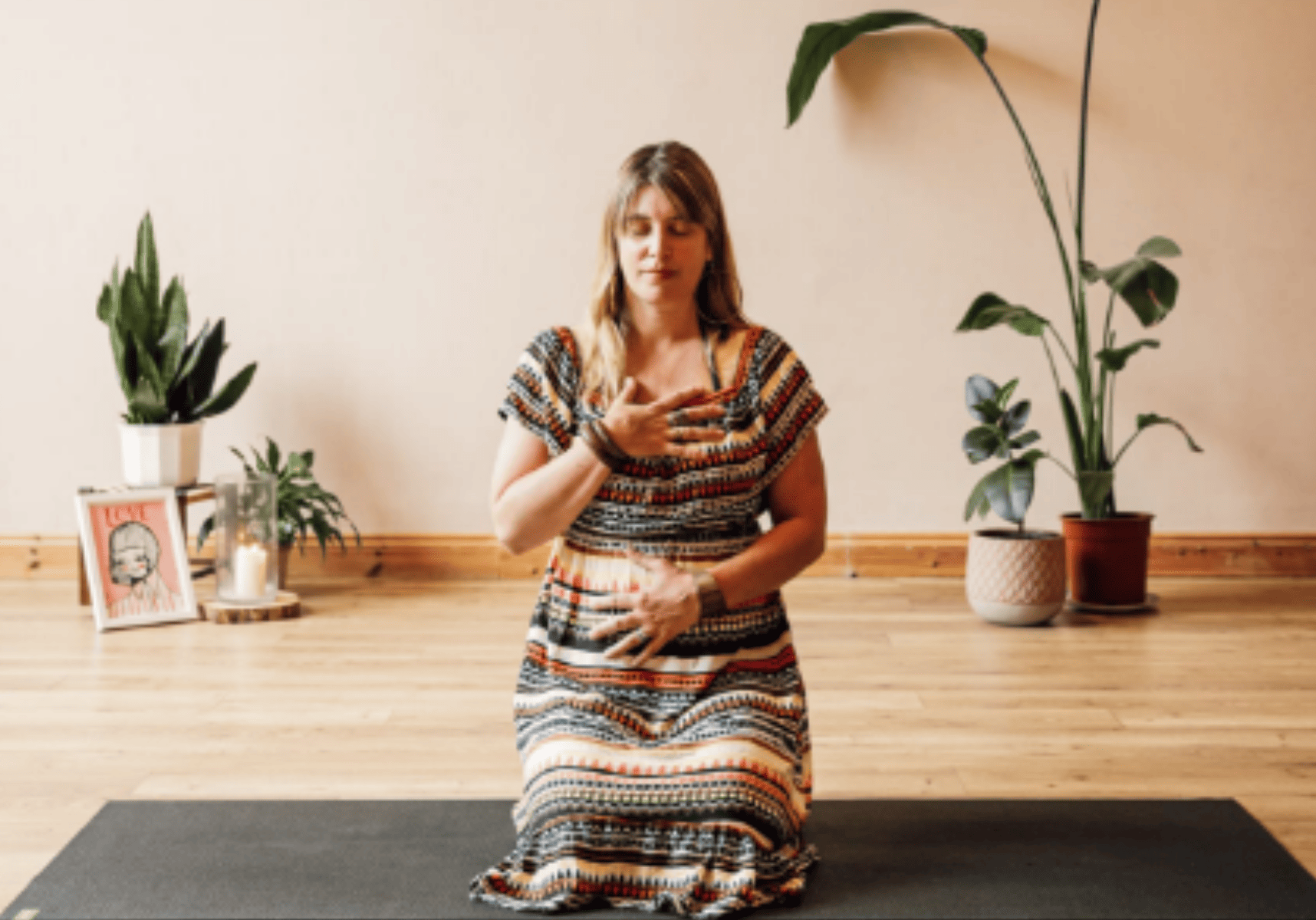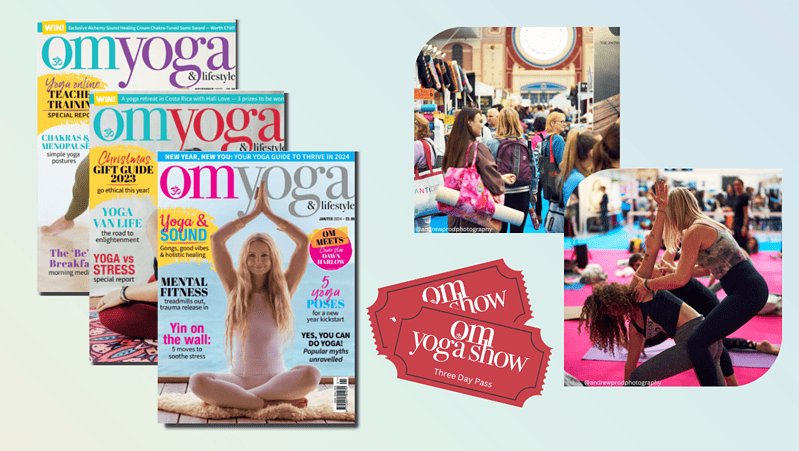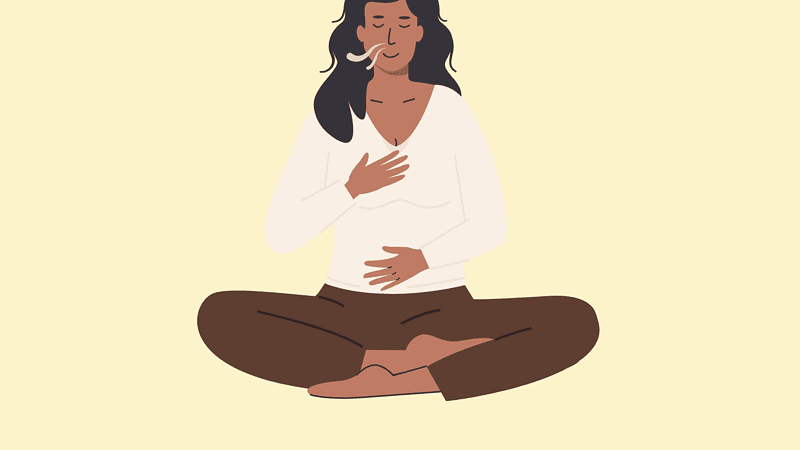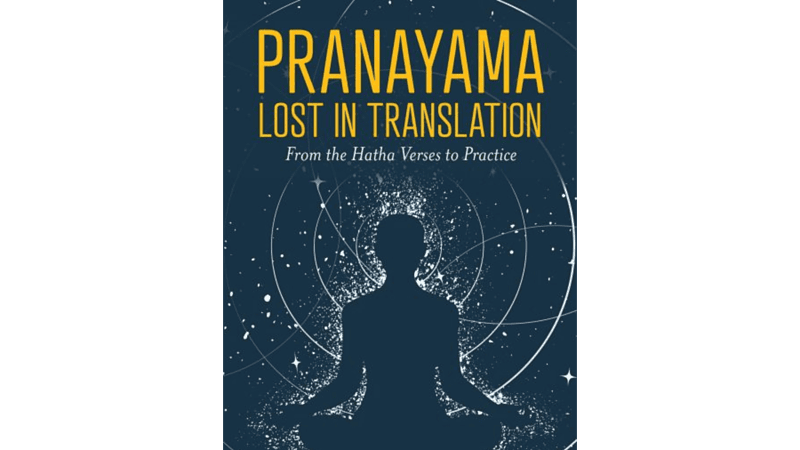
Conscious Connected Breathwork Changed my Life
The Transformative Power of Conscious Connected Breathing - By Anna Brook
Reading time: 5 minutes
Breathwork has become a hot practice in recent years. If you practice yoga, you may be wondering how it differs to the good old fashioned pranayama you use in your local class or self practice. After all, the breath as a conduit of life force energy goes back thousands of years in yogic traditions. So what’s new in the Breathwork world?
A Breathwork practice that is soaring in popularity, as it transforms more and more lives, is the Conscious Connected Breath. And I can see why, after 20 years of practicing/teaching predominantly calming pranayama, this Breathwork technique arrived in my life a few years ago and became one of my main practices overnight. Here’s why..
Many breathing techniques involve calming the autonomic nervous system, bringing it into the parasympathetic state. And what an enormously positive effect they can have. However, if we’ve got a dysfunctional breath pattern to begin with and are in a primal stress response – however much calming pranayama we do – our nervous system may still be tending towards the fight or flight response. You may feel that the effects of the pranayama wear off quickly and you’re back feeling stressed or anxious.
For many of us, the Conscious Connected Breath goes to the next level. As Breathwork coaches, we purposely guide you to activate your autonomic nervous system (in a skilled and sensitive way) to help you get to the core issues…to reach those things that are hidden deep down, often beyond our conscious awareness - the stresses, the tension, the traumas, that create emotional weight within us, and can cause/exacerbate psychosomatic issues in the body too.
When the CCB is sustained over a period of time, the wisdom of the body begins to clear out the repressed emotions, memories, experiences we’ve pushed down. They arise so we can process and integrate them. It can feel like therapy with few words, and the outcomes of these deep dive sessions can be phenomenal.
The shifts in our physiology mean altered states of consciousness can often be reached. It can bring about a deep connection to self and can also be transformative in emotional healing.
It’s also certainly the most cosmic practice I’ve ever come across. Clients sometimes report a sense of out of body experience and preface what came up for them at the end of the session with ‘I know this may sound unusual but…’ – it’s fascinating...
On a personal level…
I discovered this breath during a process of grief a few years ago. When my friend offered me a 121 Breathwork session, I assumed it’d be a familiar experience – probably a relaxing one. Yet this experience was life changing and like no other I’d experienced.
Firstly, it was tiring, the breathing technique involved powerful work with the muscles of the upper body, and we were breathing through the mouth, which felt very different to most pranayama I’d practiced…
I watched as my mind jumped to integrate memories/emotions I hadn’t come to yet in talking therapy. The emotional release towards the end was unexpected, yet extremely cathartic. I felt lighter and freer, and like I’d just had an awakening of sorts.
And that was just the start… brief states of samadhi (where the mind is completely still and there is a deep sense of bliss), a sense of being surrounded by guides/ancestors, and a profound sense of ease emerged as I delved into teacher training with Inspirational Breathing. The oneness, the love – the heightened experiences I’d read about in yogic texts were dropping in. I, like many who try Conscious Connected Breathwork was hooked.
How do I practice it?
There are many variations to this breath, though key features tend to include…intentionally connecting the inhale with the exhale without any pauses, and a focus on full diaphragmatic breathing – creating a deep full breath. This is sustained over a period of time. We would highly recommend experiencing this breath with a fully qualified Breathwork Practitioner.
So why does breathing fully help us to feel better emotionally?
Increasing amounts of scientific studies show what yogis have witnessed first hand for thousands of years – that the mind body connection is strong.
As babies we have a full, deep unrestricted breath. As we grow older, we tend to develop holding patterns in the body as we move through different experiences - the loves, the losses, the challenges, that can come about, simply by being human. ‘The Body Keeps the Score’ as the well known phrase goes. By (re)learning to free our breath, we are able to release emotional imprints which can bring about a greater sense of ease in life generally.
Where does Conscious Connected Breathwork originate from?
This method was first discovered or rediscovered in 1960 by Leonard Orr, an American who went on to form a Breathwork school known as ‘Rebirthing Breathwork’.
Czech psychiatrist Stanislav Grof also discovered a method of the conscious connected breath in an attempt to reproduce the effects of taking the psychedelic drug LSD. Grof's method came to be known as Holotropic Breathwork.
There are now many schools of Breathwork, all with their unique style of Conscious Connected Breath combined with other elements such as music, sound, coaching or massage.







